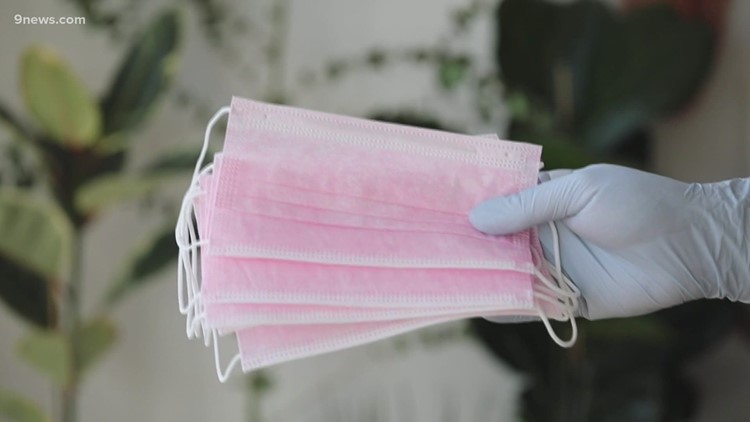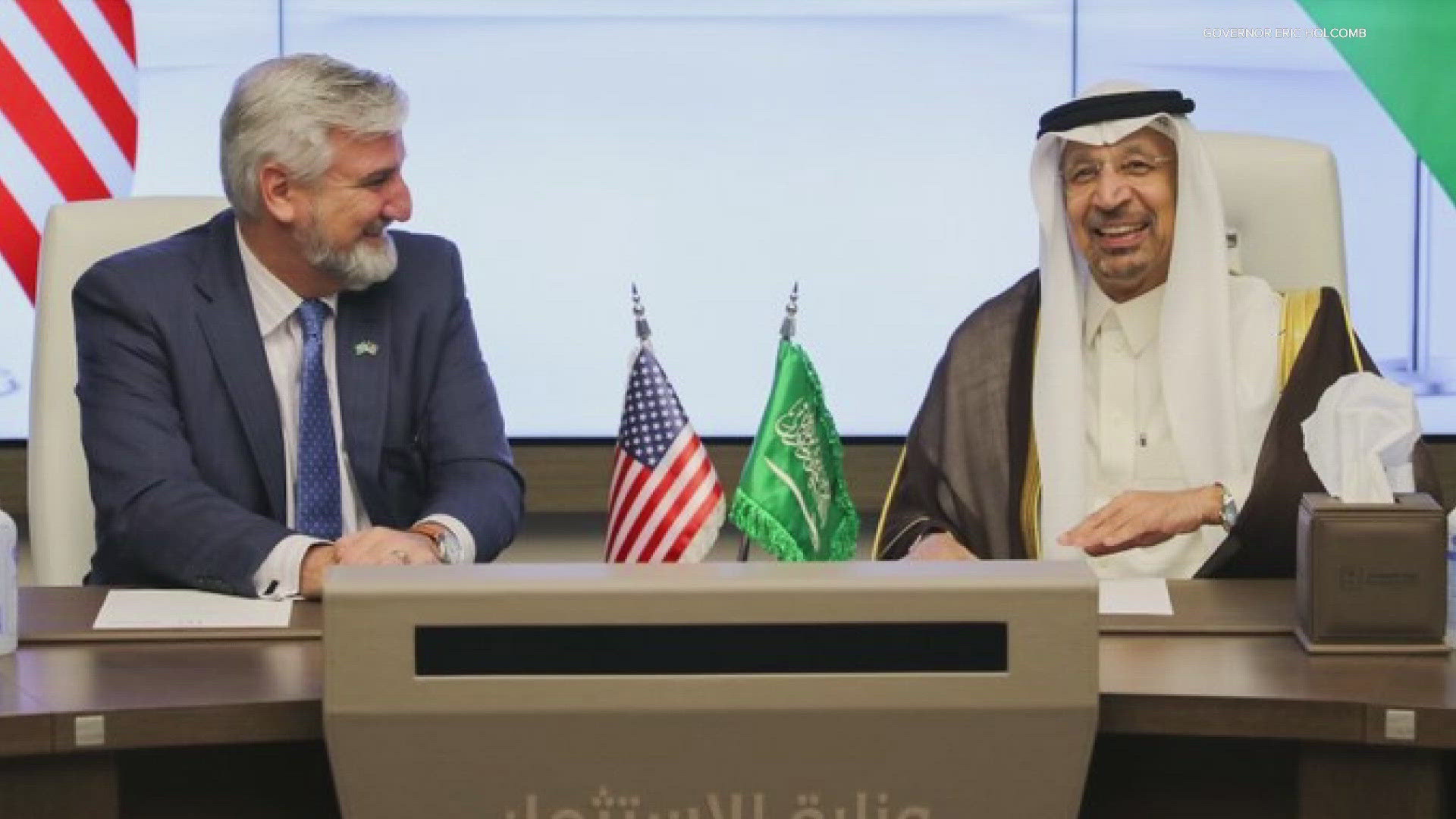INDIANAPOLIS — We are now enduring one of the biggest high casualty events in Indiana history.
In the second month of the mysterious COVID-19 pandemic last April, a consensus developed among epidemiologists: Because this highly contagious and deadly virus transmitted from one human to another via tiny aerosol droplets, the best way to contain the disease was to wear a face mask.
Officials ranging from Indiana Gov. Eric Holcomb, Health Commissioner Kristina Box, National Institute of Health Dr. Anthony Fauci and CDC Director Robert Redfield have repeatedly emphasized that face masks save lives. In a July 1 Facebook video, Holcomb explained, "Wearing a face mask is one of the simplest, most effective ways to slow the spread of the virus, but we need everyone to do their part to keep our state safe."
On July 14, Dr. Redfield said, "We are not defenseless against COVID-19. Cloth face coverings are one of the most powerful weapons we have to slow and stop the spread of the virus – particularly when used universally within a community setting. All Americans have a responsibility to protect themselves, their families, and their communities.”
President Trump decided not to lead by example. On Aug. 13, while an unexpected second wave swept across America after Trump repeatedly suggested the pandemic would just "disappear," he used his powerful bully pulpit to say, "We have urged Americans to wear masks, and I emphasized this is a patriotic thing to do. Maybe they’re great, and maybe they’re just good. Maybe they’re not so good.”
What has resulted is the easiest and most effective way to staunch the COVID tide became politicized.
This past Wednesday, Dr. Redfield issued an ominous warning: “The reality is, December and January and February are going to be rough times. I actually believe they’re going to be the most difficult time in the public health history of this nation.” He predicted 450,000 deaths by February.
As I write this on Thursday, there are 273,590 American deaths, 5,748 in Indiana, while the Indiana State Department of Health reported record 8,527 new infections and 60 more deaths. Indiana's medical systems are on the brink, with 3,381 COVID hospitalizations on Dec. 11, while there were just 20.5% of Intensive Care Unit beds available (45.2% were being used by COVID patients) and available ventilators stood at 69.7%.
The University of Washington's Institute for Health Metrics and Evaluation site, which has been very accurate, predicts 9,903 Hoosier COVID deaths by March 1, though if there was "universal" mask use (at 90%), the projected death toll by March 21 would be about 8,100. It puts Indiana's mask usage rate at about 63%. It is forecasting 28,000 infections a day at the pandemic's third wave peak around Jan. 21, then declining to around 12,000 by March 21. It is predicting the apex of the hospitalization spike at just over 6,000 by Christmas, compared to 3,441 COVID hospitalizations on Tuesday.
So the 37% of Hoosiers determined not to wear masks to protect their neighbors will probably bring about 1,800 additional deaths.
In our 204 years of history, we've endured a number of high casualty incidents. The downtown Richmond explosion in April 1968 killed 41 people and injured 141. The Indiana Fairgrounds Coliseum explosion in 1963 killed 74 and injured about 400. The 1965 Palm Sunday tornadoes killed 137, while the 1974 Super Outbreak tornadoes killed 35 while injuring more than 600 people.
During the Civil War, 25,028 Hoosiers lost their lives, including 7,243 on battlefields and 17,785 due to disease. In World War II, 8,131 soldiers from Indiana were killed. World War I claimed 1,420 of our men, the Korean War claimed 742, and 983 were killed during the Vietnam War.
If you want a more apples-to-apples comparison, the Spanish flu pandemic of 1918-1919 killed an estimated 10,000 Hoosiers.
So what we are experiencing and enduring is one of the highest casualty events in our history. And as I've written before, when historians look back on this pandemic, they are going to wonder why people didn't buy into the notion of protecting themselves and their neighbors.
It would be unfair to blame President Trump for this pandemic, which poses intense dilemmas for any government. But when it came to mitigating its impact, he refused to set an example. His former campaign manager, Brad Parscale, believes if Trump had embraced masking up, he would have won "in a landslide" last month.
Trump lost, while the Republican Party out-performed him in down ballot races across Indiana and the nation.
“One, two percent possibly we lost of suburban families, right?" Parscale said. "I think that goes to one thing, and I think it was the decision on COVID to go for opening the economy versus public empathy. And I think a young family with a young child who were scared to take them back to school wanted to see an empathetic president. If he would have been publicly empathetic, he would have won by a landslide.”
The good news is that the Pfizer and Moderna vaccines should be on the way beginning Dec. 15. Gov. Eric Holcomb is not going to make this vaccine mandatory, leaving open the question as to whether this medical breakthrough will, too, become politicized.
The columnist is publisher of Howey Politics Indiana at www.howeypolitics.com. Find Howey on Facebook and Twitter @hwypol.



